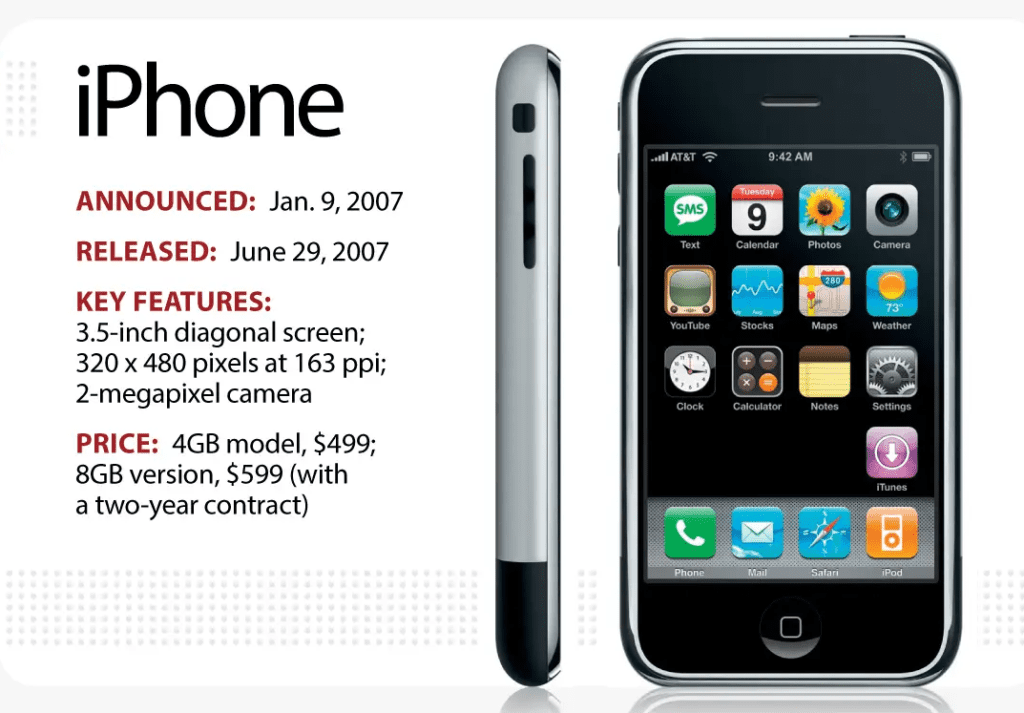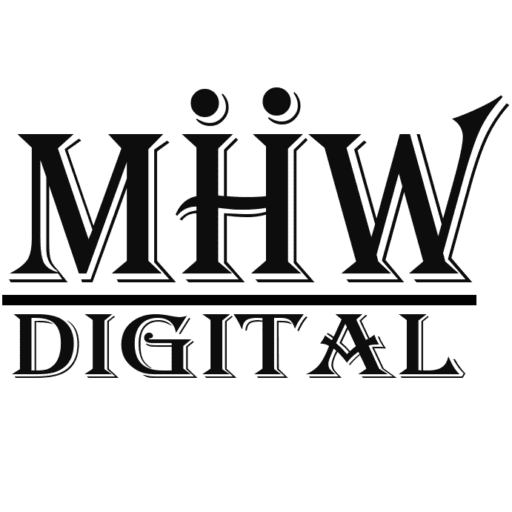
- A Brief History of Digital Marketing
The end… or the beginning?
Estimated Reading Time: 7 minutes

The term “digital marketing” refers to promoting a product or service’s value via digital
channels.
In the early 1990s, companies focused most of their marketing budgets on traditional media,
including television, print publications, radio, billboards, and radio. They didn’t realize that the development of the World Wide Web, social media, and emails could expand their marketing
strategies and their budgets. Incorporate new ways of promoting their brand or products using
this new channel.
It isn’t easy to imagine that there would be a world without the internet. In the end, a lot of our
lives are dependent entirely on the internet. We depend on it for information, communications
and, perhaps more importantly, it fuels the modern economy.
Since the web was invented, tech-savvy entrepreneurs have used it to grow their businesses
and connect with new customers. Just as the internet is a driving force for the business world,
marketing also helped to create the web as we have it today.
Follow along as we outline the significance of marketing throughout the history of internet.
- The First Internet Marketers
The first website was created on the 6th of August, 1991. It was published by the internet
researcher Tim Berners Lee; it was just a brief overview of how the internet project functioned
and a few instructions on how to utilize it.
After introducing the first browsers for the web in the 1990s, internet usage by individuals
increased. Marketers were involved from the beginning.
The year was 1991. Computer Literacy, a Silicon Valley bookstore, started selling books to local
customers via the internet.
Amazon immediately went live on the same idea in 1995, but with the small alteration that
they’d sell books to anybody in the world and help develop a modern e-commerce platform.
The same year, another event was crucial in the development of the modern web. The
wired magazine launched an online site.

The site was among the very first clickable banner advertisements. A candy-colored monster
from AT&T The ad said, “Have you ever clicked your mouse here?” There was an arrow
pointing to the opposite part of the page next to it. the ad read, “You will.“
The banner ads made a big influence on how the web would develop. They allowed you not to
have to charge users to access your website.
This meant that information available on the internet would be freely available for users, and it
was accessible to all and was powered by advertising.
Then, soon after, internet-savvy business people came up with ways to facilitate access to the
growing number of websites easier.
- The First Search Engines
The W3 catalog, released in 1993, was the first search engine to easily permit users to find sites
on the internet. Altavista then followed it in 1994, the first internet search engine that allowed
users to use natural language queries; this meant that users could enter a query or phrase into
the engine and search for the information they needed.
It was in 1998 that Google introduced its website. Employing new algorithms to crawl through
millions of websites and rank these pages, Google provided more quickly and better
outcomes than any other. Within a short time, Google took on the leading position it has in the
present. In 2006, the Oxford dictionary included “google” as an adjective, demonstrating how
the English-speaking world-recognized Google by its internet-related search results.

Again, it was the advertising that enabled Google to be completely free for users. However,
Google’s ranking algorithm presented a new problem for digital marketers. Content had to be
optimized so that it didn’t get lost in the sea of results.
In addition, Google made the internet much more user-friendly, helped bring more users to the
web, and forced marketers to adjust to the new technology.
- Web 2.0
In 2000, the internet was speaking about “Web 2.0.” With the rise of Web 2.0 from the
wreckage of the initial DotCom collapse, Web 2.0 sites were required to provide more than just information, however, but to interact with their users. Comment sections started to pop on nearly every website that allowed users to interact directly with one another.
As websites became more interactive and social media became an element of our lives,
businesses also needed to communicate more directly with their clients. Social media managers
were an essential part of digital marketing because businesses required more personal touches
to interact with their customers using these new platforms.
The personal connection between companies and their customers meant that marketing could
communicate directly with their customers. But this also meant that companies needed to be
more attentive to their relationships with the general public. The Widespread connectivity
meant that businesses had more opportunities- and chances for PR disasters- than ever before.
The genesis of the rise of 2.0 access was that people weren’t tied to their desktop computers.
The advent of smartphones enabled users to connect to the internet from any location.
The internet was going mobile.
- Mobile Marketing
The smartphone appears to be an extremely recent invention. However, in reality, it’s as old as
the internet itself.
The first smartphone, called the Simon, was released by IBM in 1992. It came with many
features that are present in contemporary smartphones, such as the LCD touch screen.
The Simon was sold for more than 50 thousand units. Given the absence of online connectivity
in the early days and the price of about $899 (around $1500 today), and the reality that the
Simon was as big as bricks, the device did not take off.
It was only in 2007, following the introduction of the iPhone, that the use of smart devices was
common. With the ability to use a touchscreen operated by the finger and a myriad of apps
with an amazing marketing campaign, the iPhone has revolutionized how we browse the internet.
About 85% of Americans are now using smartphones, and with the advent of smartphones,
digital marketers cannot ignore the mobile marketplace.

A website that is not mobile-optimized content quickly goes down when users switch to simpler-
to-access websites.
The combination of mobile and social media device usage does provide numerous opportunities
for marketers. Thanks to mobile devices and social media, businesses can now create media
campaigns that can achieve amazing results.
- What Lies Ahead For Digital Marketing
We can be certain that businesses can no longer afford to ignore digital marketing if they want to remain competitive. And, as the world becomes more connected, digital marketing will
continue to drive internet innovation, just as the internet drives digital marketing innovation.
In the future, digital marketing will be about creating “buzz” around your brand that spreads
into the customer’s daily life rather than driving people to your site.
So, the next time you see a banner ad, pause for a moment to appreciate it. After all, they
aren’t going to be around for long. And without a little bit of digital marketing, the internet
would not be what it is today.


